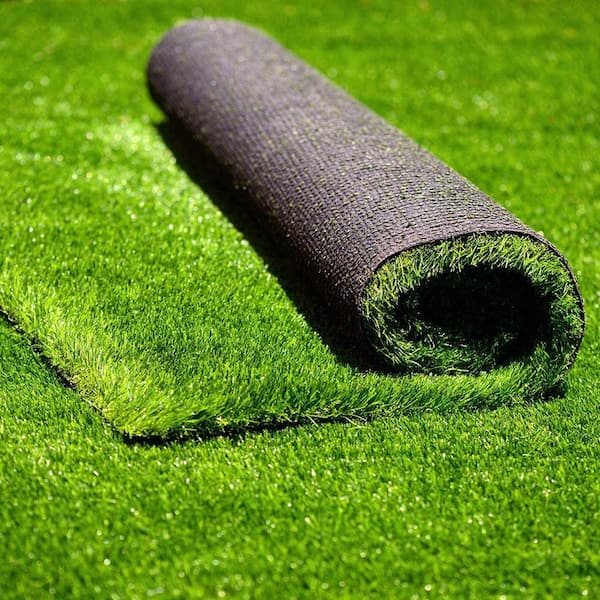The Ultimate Overview to Hydroponic Equipments and Techniques
In the world of modern-day farming, hydroponic systems have emerged as a groundbreaking approach for growing plants without dirt. As we uncover the ins and outs of hydroponics in this extensive overview, we will navigate through the numerous types of systems, explore the crucial nutrients important for plant development, and dive into sophisticated strategies that can significantly boost yields.
Advantages of Hydroponic Solutions
Hydroponic systems provide a wide range of benefits, including efficient source usage and exact nutrient shipment to plants. By offering a controlled setting for plant development, hydroponic systems allow ideal water and nutrient use, resulting in greater returns compared to typical soil-based growing. This efficiency not just conserves resources yet likewise decreases waste, making hydroponic systems environmentally pleasant.
Moreover, the precise delivery of nutrients in hydroponic systems enables modification based on the certain demands of each plant variety. This targeted approach makes sure that plants get the appropriate balance of essential nutrients, promoting healthier development and reducing the danger of nutrient shortages or imbalances. Furthermore, the capability to readjust and keep track of nutrient degrees in real-time maximizes plant productivity and total crop top quality.
In addition, hydroponic systems get rid of the demand for herbicides and chemicals, as the closed-loop system minimizes the threat of bugs and conditions that are frequently found in soil-based agriculture - The Indoor Earthworm. This not only benefits the plants and the environment yet also adds to creating cleaner, much healthier plants for intake
Sorts Of Hydroponic Setups

Nutrient Film Strategy (NFT) uses a shallow stream of nutrient solution streaming over the plant origins, supplying a continuous supply of nutrients. Leak systems include dripping a nutrient remedy onto the plant origins, providing exact control over feeding.
Each kind of hydroponic setup has its benefits and is fit to various plant selections and growth phases. Comprehending the distinctive functions of these systems can assist hydroponic cultivators pick the most ideal arrangement for their details requirements and preferences.
Vital Nutrients for Hydroponics
In hydroponic systems, plants count on a specific equilibrium of important nutrients to flourish and grow efficiently. These vital nutrients are essential for different plant features such as photosynthesis, origin advancement, and general development. The primary macronutrients needed by plants in hydroponic systems are potassium, phosphorus, and nitrogen. Nitrogen is vital for leafed environment-friendly growth, phosphorus help in origin growth and flower/fruit manufacturing, while potassium assists in overall plant wellness and illness resistance.
Along with macronutrients, plants likewise need second nutrients like sulfur, calcium, and magnesium, in addition to micronutrients such as iron, copper, zinc, and manganese (The Indoor Earthworm). These nutrients are essential for making certain that plants have all the essential structure blocks to accomplish necessary organic procedures

Advanced Methods for Optimum Yield
To attain optimum returns in hydroponic systems, growers can carry out innovative strategies that enhance plant growth and performance. One such strategy is making use of additional lighting. By giving artificial light sources such as LED or high-pressure salt lights, growers can extend the variety of light hours plants obtain each day, advertising faster growth and increased returns. An additional innovative strategy is the execution of CO2 supplements. Boosting the degrees of find more co2 in the growing setting can promote photosynthesis and boost plant growth dramatically. Additionally, using methods like plant training and trimming can assist enhance light distribution and air flow, guaranteeing that all components of the plant receive sufficient light and nutrients. Moreover, utilizing automated systems for nutrient delivery and monitoring can help maintain optimum nutrient levels, reducing the risk of shortages or inequalities that can impede plant growth. By incorporating these sophisticated methods into their hydroponic systems, growers can make the most of returns and achieve plentiful harvests.
Troubleshooting Common Hydroponic Issues
When faced with obstacles in hydroponic systems, cultivators frequently run into common concerns that can hinder plant growth and productivity. One prevalent problem is vitamins and mineral deficiencies, where plants lack important elements for healthy growth. To combat this, routine surveillance of nutrient degrees and adjusting the nutrient option accordingly is important. An look what i found additional common issue is pH discrepancy, which can lead to nutrient lockout and poor absorption. Maintaining the right pH range particular to the plant being expanded is essential for optimal nutrient uptake. In addition, inadequate oxygen degrees in the origin area can result in root rot and stunted growth. Making certain proper aeration and oxygenation of the nutrient service can help avoid this issue. Bug problems, such as aphids or crawler termites, can also afflict hydroponic systems. Implementing integrated bug monitoring strategies and regularly inspecting plants can help manage and protect against problems. By without delay determining and resolving these usual hydroponic issues, cultivators can maintain healthy and balanced plants and make the most of yields in their hydroponic systems.
Final Thought
In verdict, hydroponic systems use various benefits for growing plants effectively. With mindful planning and attention to detail, hydroponic systems can change the means plants are grown, leading to more productive and sustainable agricultural practices.
By giving a regulated atmosphere for plant growth, hydroponic systems make it possible for ideal water and nutrient usage, leading to higher yields compared to standard soil-based growing. The Indoor Earthworm. Nutrient Film Method (NFT) utilizes a shallow stream of nutrient solution streaming over the plant origins, providing a continuous supply of nutrients. Tracking and readjusting nutrient degrees based on plant development stages is critical to protecting against nutrient shortages or poisonings and maximizing plant productivity in hydroponic systems
Furthermore, utilizing techniques like plant training and pruning can help enhance light distribution and airflow, guaranteeing that all components of the plant receive adequate light and nutrients. Using automated systems for nutrient distribution and surveillance can aid keep optimum nutrient levels, decreasing the threat of shortages or discrepancies that can hinder plant development.



